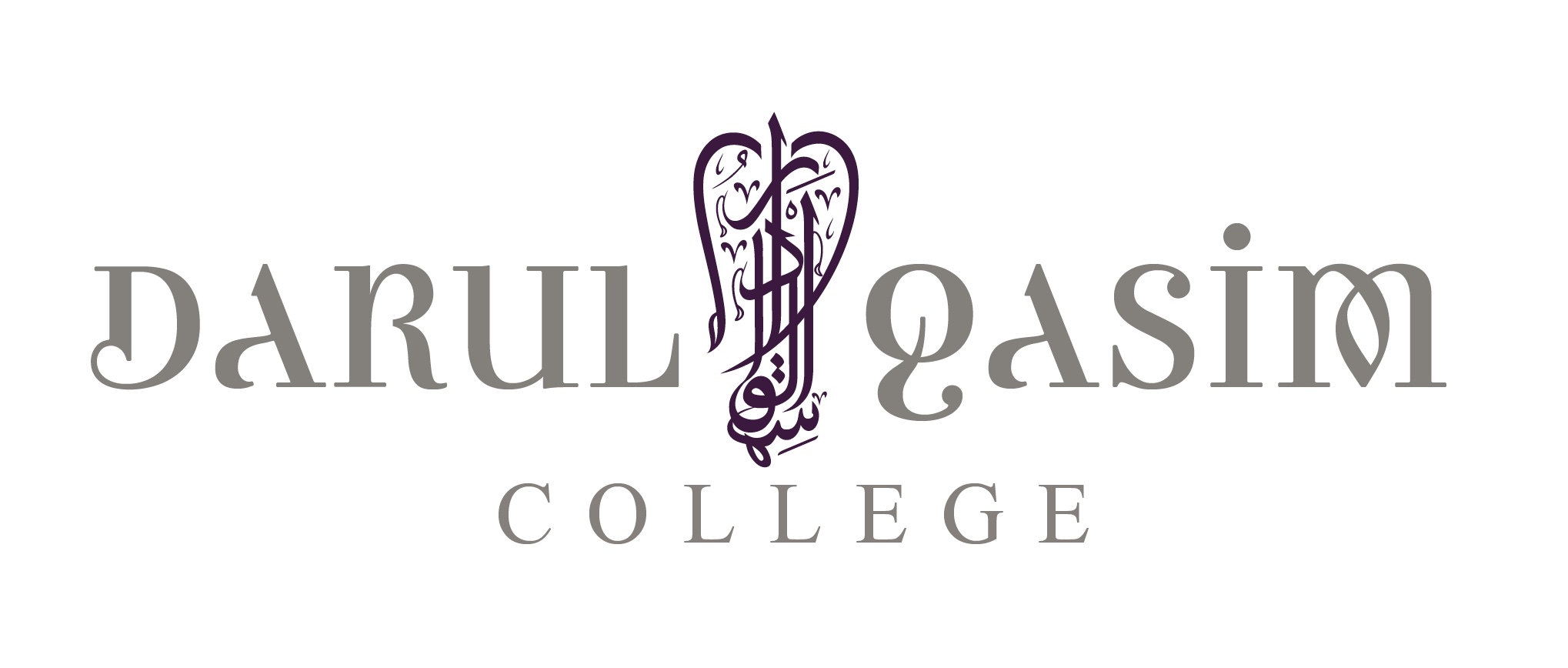Abstract
The following represents an overview of the ethico-legal aspects of induced abortion from the perspective of the classical Ḥanafī School of Islamic law. The school considers abortion to be a sin and a crime after the clear manifestation of the creation of the human being in the womb. While some Ḥanafī jurists take clear manifestation of creation to refer to ensoulment (120 days postconception based on the interpretation of a ḥadīth), others take it to refer to the physical formation of the fetus. Prior to the manifestation of creation, there is considerable legal diversity within the school concerning the ethico-legal status of induced abortion.
This chapter examines the ethico-legal perspectives on induced abortion within the Ḥanafī School of Islamic law. The presentation is purely academic and hence does not constitute a fatwā. Since the Ḥanafī School is the largest school of Islamic law, and given the inherent plurality of the Sunnī ethico-legal tradition, providing a comprehensive reading of all of the different opinions presented by Ḥanafī jurists, both classical and modern, is not feasible. This piece instead outlines the dominant positions of leading authorities within the school and highlights several areas of contestation that remain part of the continuing Ḥanafī discourse on the ethical and legal aspects of abortion. As there are many ethico-legal dimensions of induced abortion and it is not possible to analyze all of these in detail within the scope of the current work, the chapter focuses on the following interrelated questions: What is the legal status leading Ḥanafī authorities assign to induced abortion? How does this status relate to timing of abortion? What are the criteria for determining when a fetus becomes a human being? Does the mother need the father’s permission for abortion? Does abortion have penal consequences? Is abortion in case of pregnancy from rape permissible? The discussion of these questions will be preceded by a brief description of the Ḥanafī School and followed by a short evaluation of the arguments presented.
